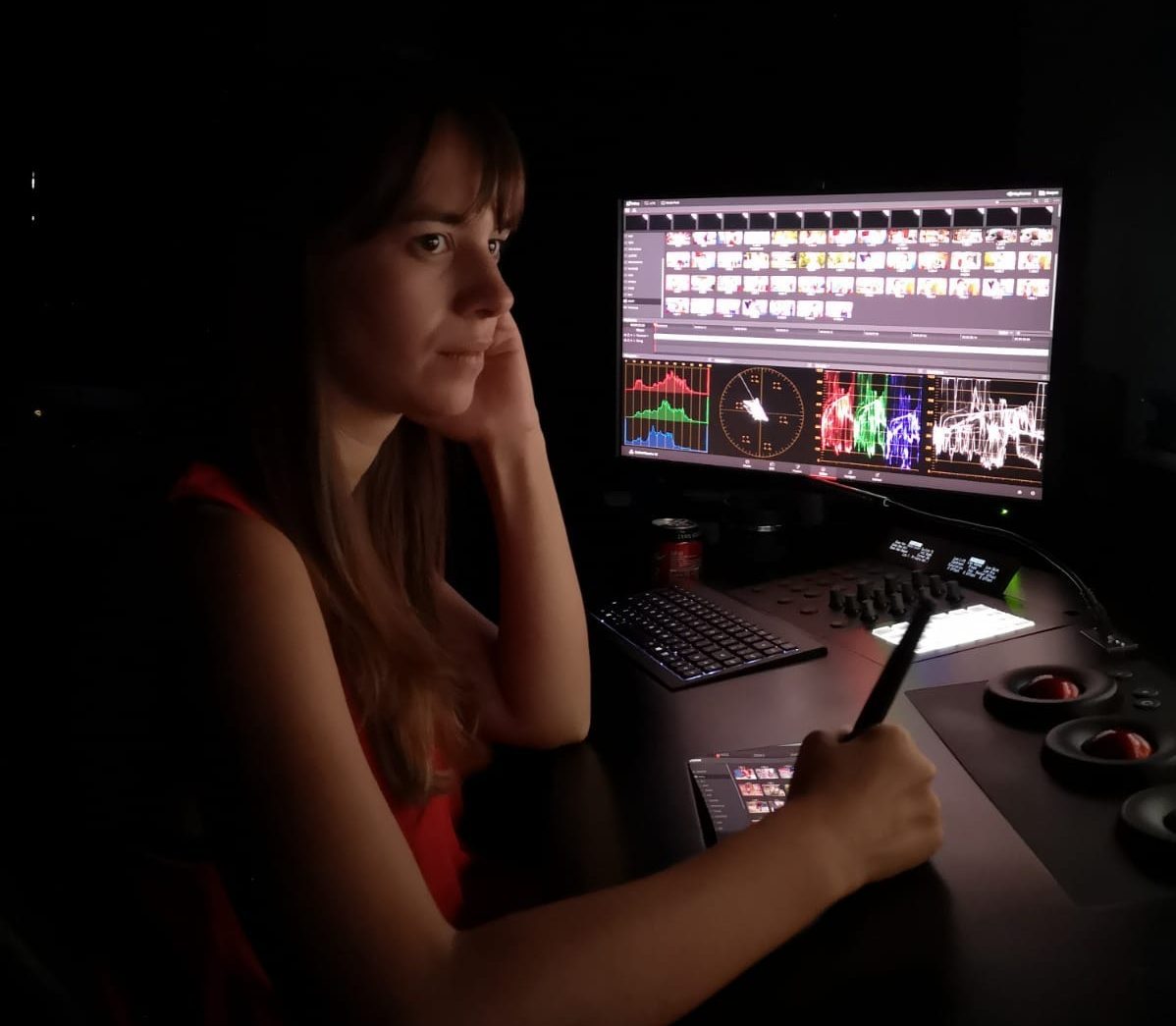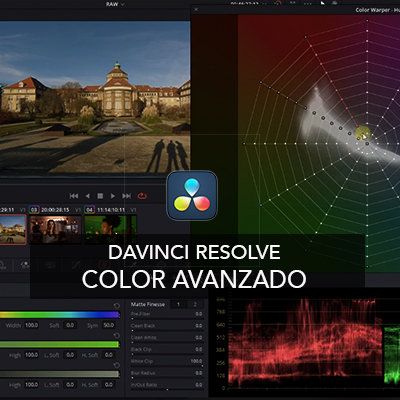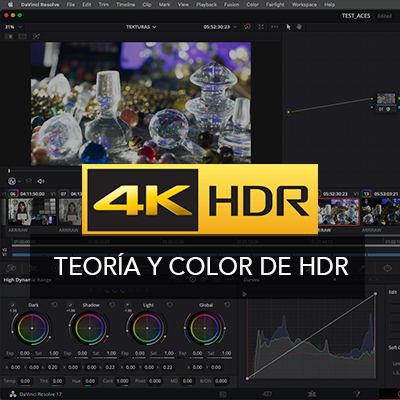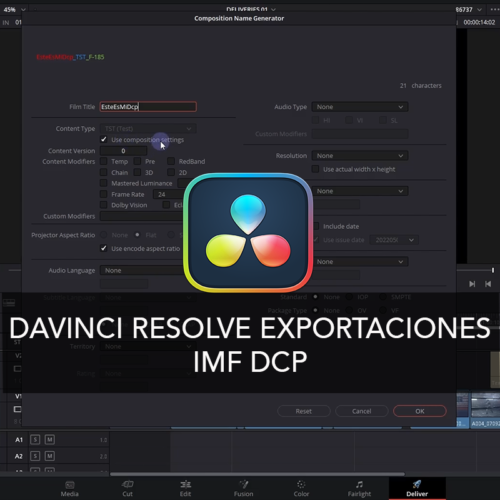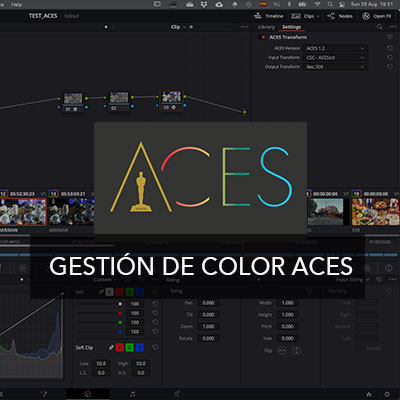In recent years, color management in post production has evolved towards scene referred environments, where the workspace and technical transformations are more precisely defined. DaVinci Resolve has led this transition with an increasingly complete color management system, allowing you to work with workflows such as ACES or DaVinci Wide Gamut in a flexible and professional way. This evolution has brought with it a new generation of color grading tools that operate differently depending on the color space and the Timeline Color Space (TCS), forcing the colorist to understand more deeply how the technical context influences the behavior of each control.
In this online course Advanced Color Management in DaVinci Resolvewe will explore how the different Timeline Color Spaces (TCS) affect the result of color grading and how key tools such as the HDR Tool, Color Warper or HDR nodes behave under scene referred and display referred environments. We will analyze in depth the ACES and RCM systems, learning how to identify when it is convenient to work in each one, how to set up a project correctly according to the type of material and how to optimize our creative decisions taking into account the technical transformations at stake. A training designed for colorists who already know the basics of the program and want to deepen their knowledge of the internal logic that DaVinci applies to color.
DaVinci Resolve remains the absolute benchmark in color correction, but today it requires a more technical and precise understanding of its internal engine. This course is an opportunity to master that invisible layer of color, the one that makes the difference between a standard workflow and a truly professional one.
Teaching Staff
Elena Humanes | Colorist
EDITING AND IMAGE POST-PRODUCTION DEPARTMENT
Elena Humanes is a colorist. She has worked on various television series and feature films, including Netflix's "The Longest Night", Movistar+'s "Supernormal", HBO's "The Room", "Mom or Dad" and "The Test" for cinemas. She is an expert in Filmlight Baselight and Blackmagic DaVinci Resolve color systems and provides training nationwide in production companies, television networks, and film schools.
You can check her
LinkedIn profile and her
IMDB page
Aimed at
Colorists, Avid, FCP and Premiere editors, cinematographers, digital image technicians, producers, editors, filmmakers, and all those who regularly use DaVinci Resolve
To take this course, it is necessary to have basic photographic knowledge, as well as basic knowledge of post-production and color. The course does not cover color correction theory or its processes, nor the basic handling of DaVinci Resolve. It is a course specifically focused on DaVinci RCM color management
Materials
All materials used in our courses are high-quality files, captured with professional cameras on the market.
+ Info
SOFTWARE USED: DaVinci Resolve
–
Interested in our course? Need more information? Contact us at info@709mediaroom.com and we will answer all your questions!
Course code: CO-GCA-GEN15

